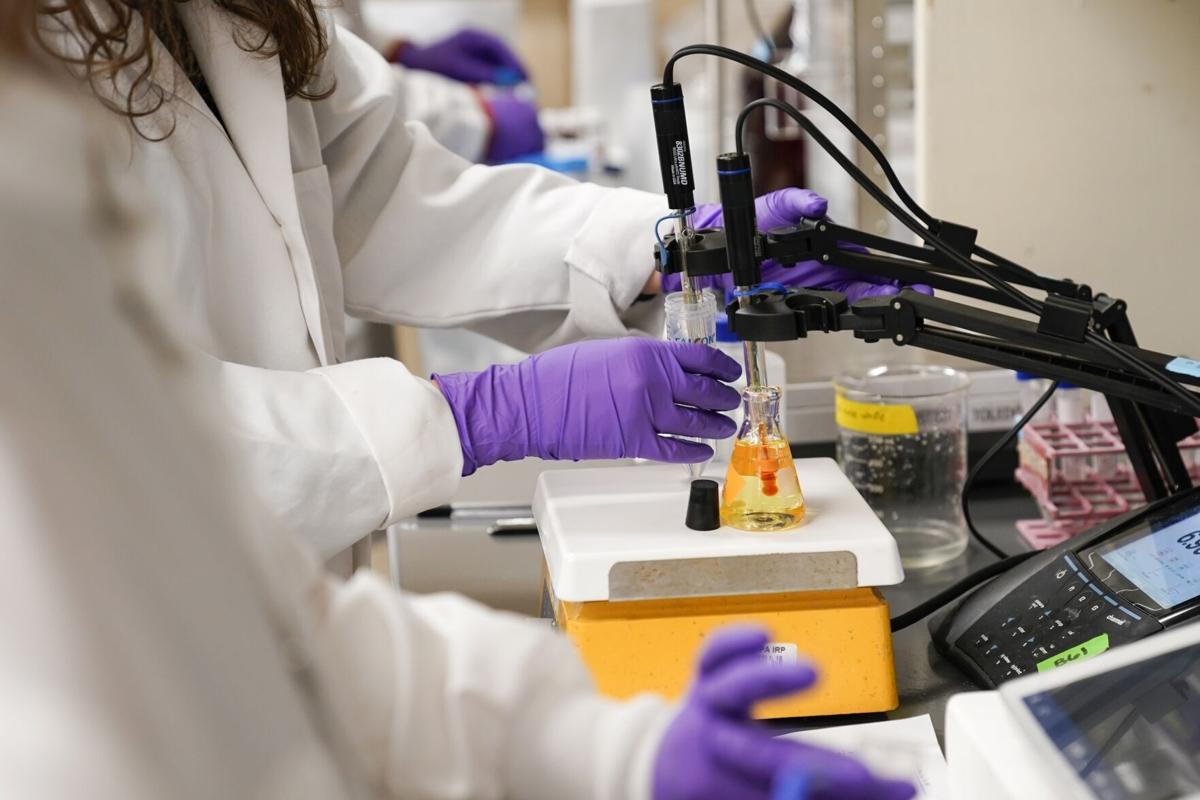“Biden Administration Introduces Inaugural Nationwide Restrictions on Hazardous PFAS in Drinking Water”

The Biden administration has solidified stringent limits on certain persistent “forever chemicals” in drinking water, marking a pivotal step in safeguarding public health. These regulations mandate utilities to reduce these contaminants to the lowest measurable levels, benefiting around 100 million people and averting numerous illnesses, including cancers.
This groundbreaking rule represents the inaugural national limit on toxic PFAS (perfluoroalkyl and polyfluoroalkyl substances) in drinking water, addressing their widespread and enduring presence in the environment.
While health advocates commend the Environmental Protection Agency (EPA) for upholding robust limits proposed last year, water utilities express concerns over the financial burdens associated with compliance. Implementing treatment systems is deemed costly, ultimately translating into increased expenses for consumers.
Nevertheless, with a paramount focus on enhancing public safety, the EPA endeavors to usher water providers into a new era marked by stringent health standards. Alongside limiting PFAS, the agency has proposed initiatives to eradicate hazardous lead pipes, further underscoring the Biden administration’s commitment to safeguarding public health.
PFAS chemicals pose significant hazards due to their persistent nature and association with various health issues, including low birth weight and kidney cancer. Despite the cessation of some common types, these chemicals persist in the environment, necessitating the removal of contamination by water providers.
The new rule sets rigorous limits on two prevalent types of PFAS—PFOA and PFOS—at 4 parts per trillion, with three additional types, including GenEx Chemicals, limited to 10 parts per trillion. Water providers are mandated to conduct tests for these contaminants and notify the public of elevated levels, ensuring transparency and accountability.
EPA Administrator Michael Regan hails the rule as a pivotal milestone, emphasizing its transformative impact on communities nationwide.
While the EPA’s rule has garnered praise from environmental and health advocates, concerns persist regarding the delayed imposition of limits on PFAS. Manufacturers have long been aware of the dangers posed by these substances, prompting calls for earlier regulatory action.
Efforts to address PFAS contamination have gained momentum, buoyed by recent legal settlements and funding provisions. However, challenges remain, particularly for communities grappling with unexpected contamination levels and the financial strain of implementing treatment systems.
Amidst escalating public concern and advocacy efforts, stringent regulations on PFAS in drinking water signify a crucial stride towards safeguarding public health and restoring public confidence in water quality. As communities navigate the complexities of compliance, the imperative to prioritize public safety remains paramount, ensuring that tragedies like those in Oakdale serve as catalysts for meaningful change rather than enduring tragedies.




